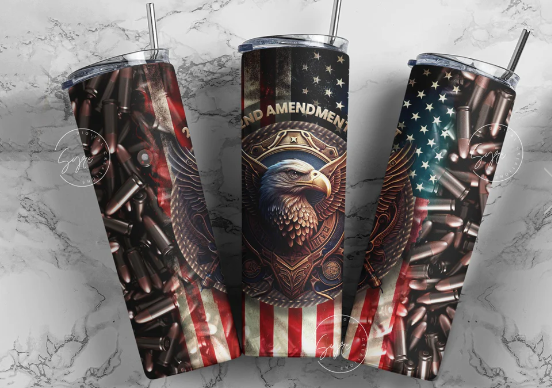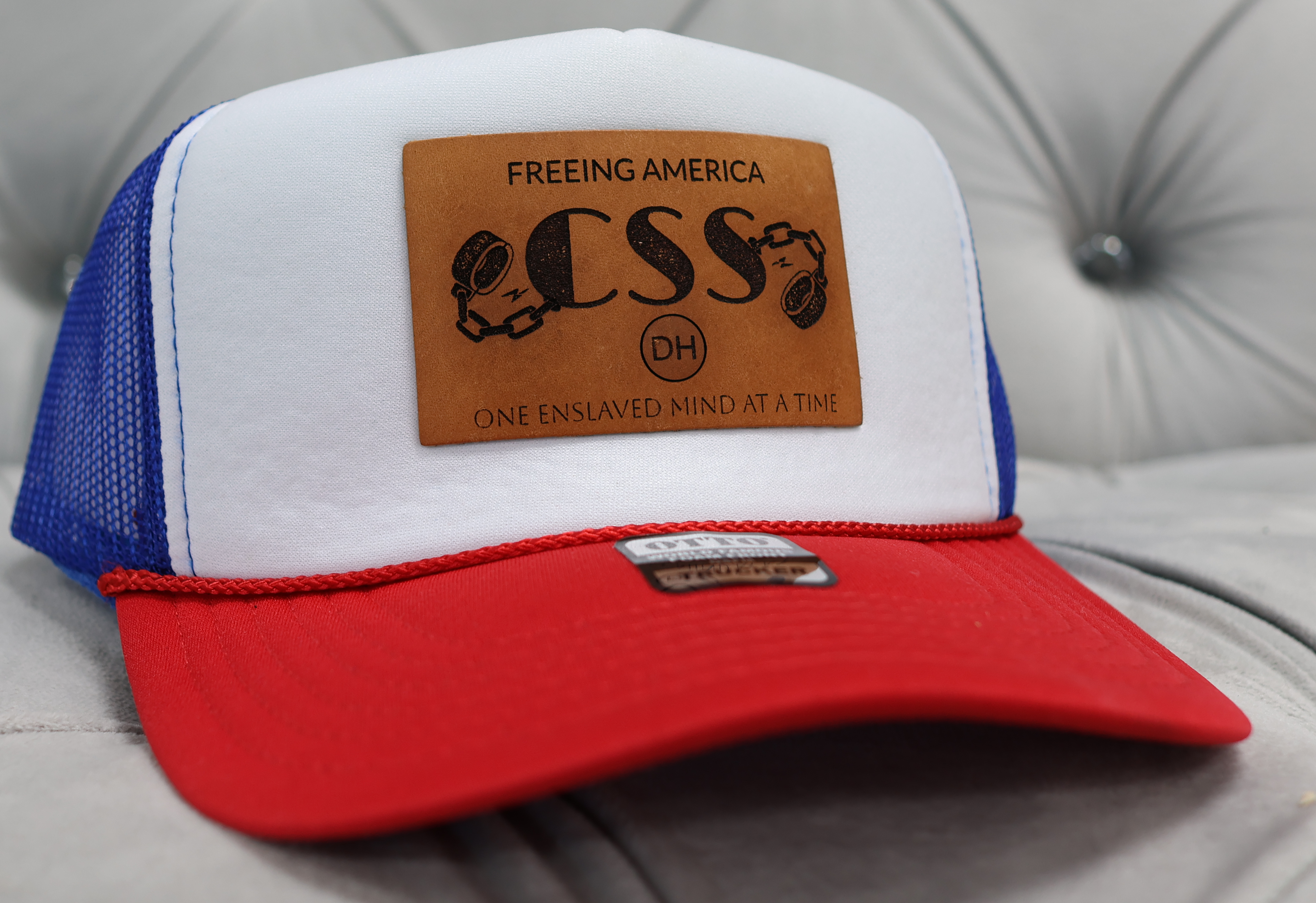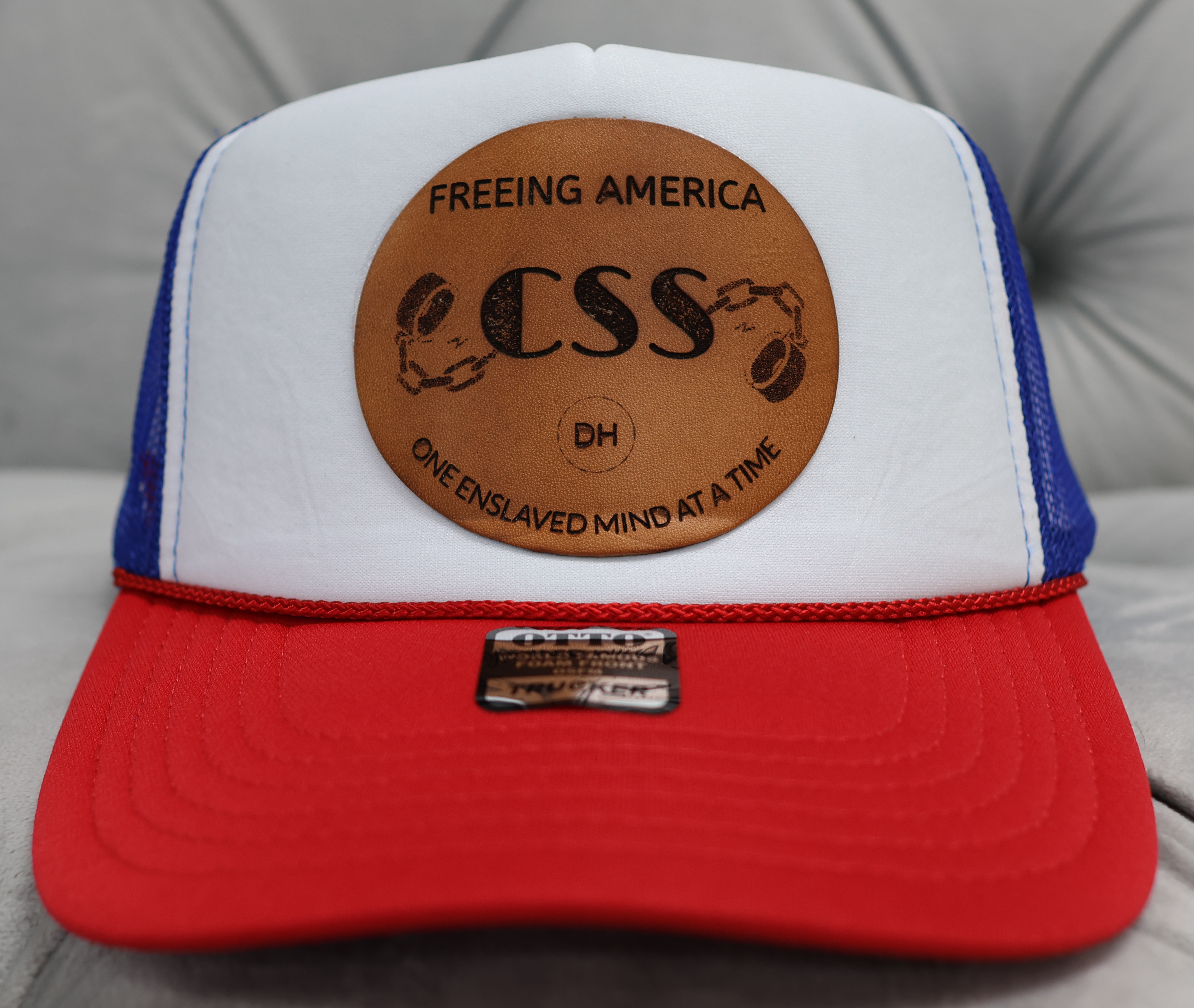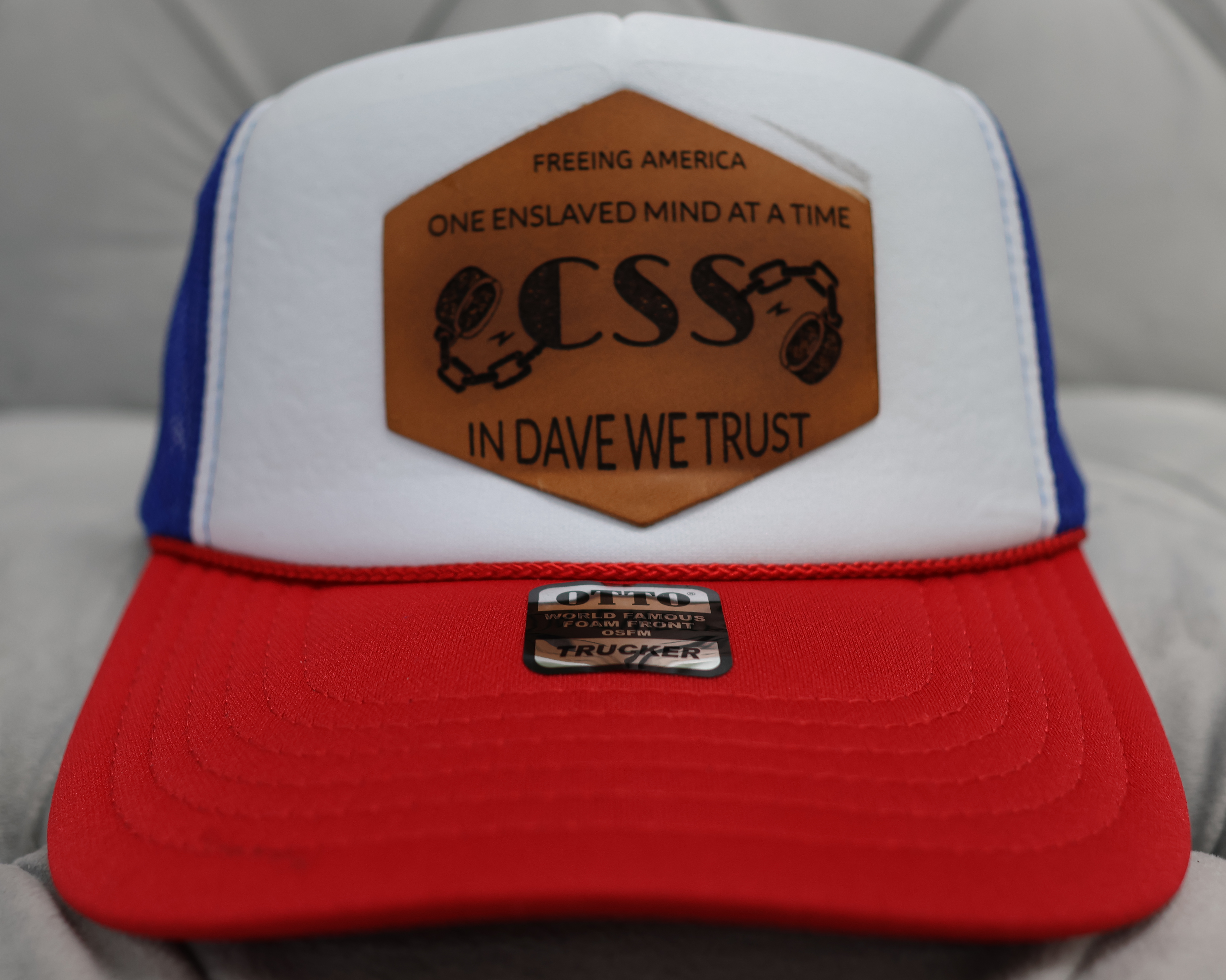Investigation Confirms Infamous U.S. Army False Flag Manual Is Authentic
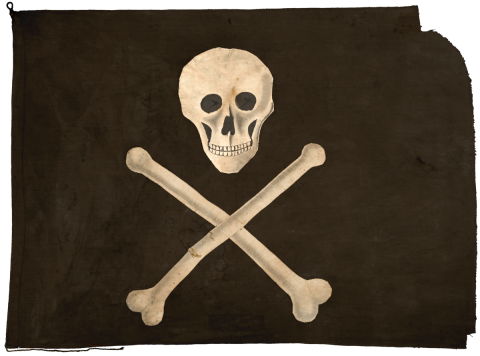
By Denis Voltaire
FM 30-31B first surfaced in Europe in the 1970s and was long suspected to be used by U.S. and host countries' intelligence as operational guidance for violent anti-Communist destabilization, including acts of terrorism.
U.S. intelligence claimed consistently that the document was a sophisticated "Soviet forgery."
Investigative findings have ultimately vindicated the first assessment of CovertAction Information Bulletin, among the earliest sources to conclude that FM 30-31B was most likely genuine.
The "Soviets forged" FM 30-31B. [Source: archive.org]
The document in question, the very existence of which is still officially denied, is a classified annex, known as "Supplement B," to a Field Manual series of the US Army, coded "FM 30-31 Stability Operations—Intelligence."
FM 30-31 essentially governs the intelligence liaison with countries hosting U.S. troops (HC), with respect to counterinsurgency operations.
The general idea behind it is that HC are friendly to U.S. interests and, absent an external aggression, the greatest security threat to HC would be internal "subversion."
Dated March 18, 1970, Supplement B to FM 30-31 ("FM 30-31B") was frequently referred to, eventually, as the "Westmoreland Directive" because it bears the signature of the former Supreme Commander of U.S. Armed Forces in Vietnam, General William Westmoreland.
Since the document was brought to the public's attention, in the 1970s, it was strongly suspected that FM 30-31B had been used for training and orientation in violent domestic operations, including acts of terrorism.













